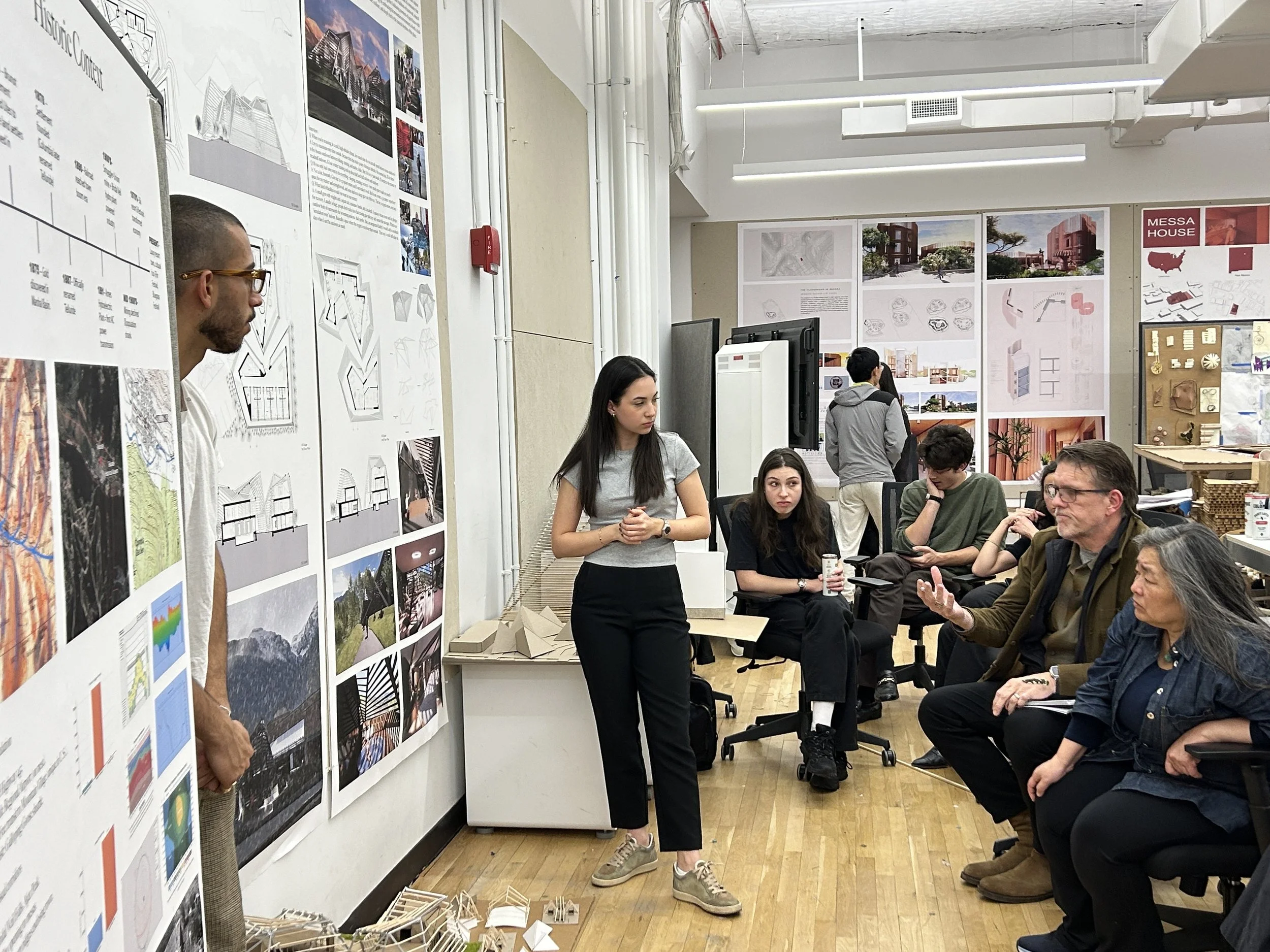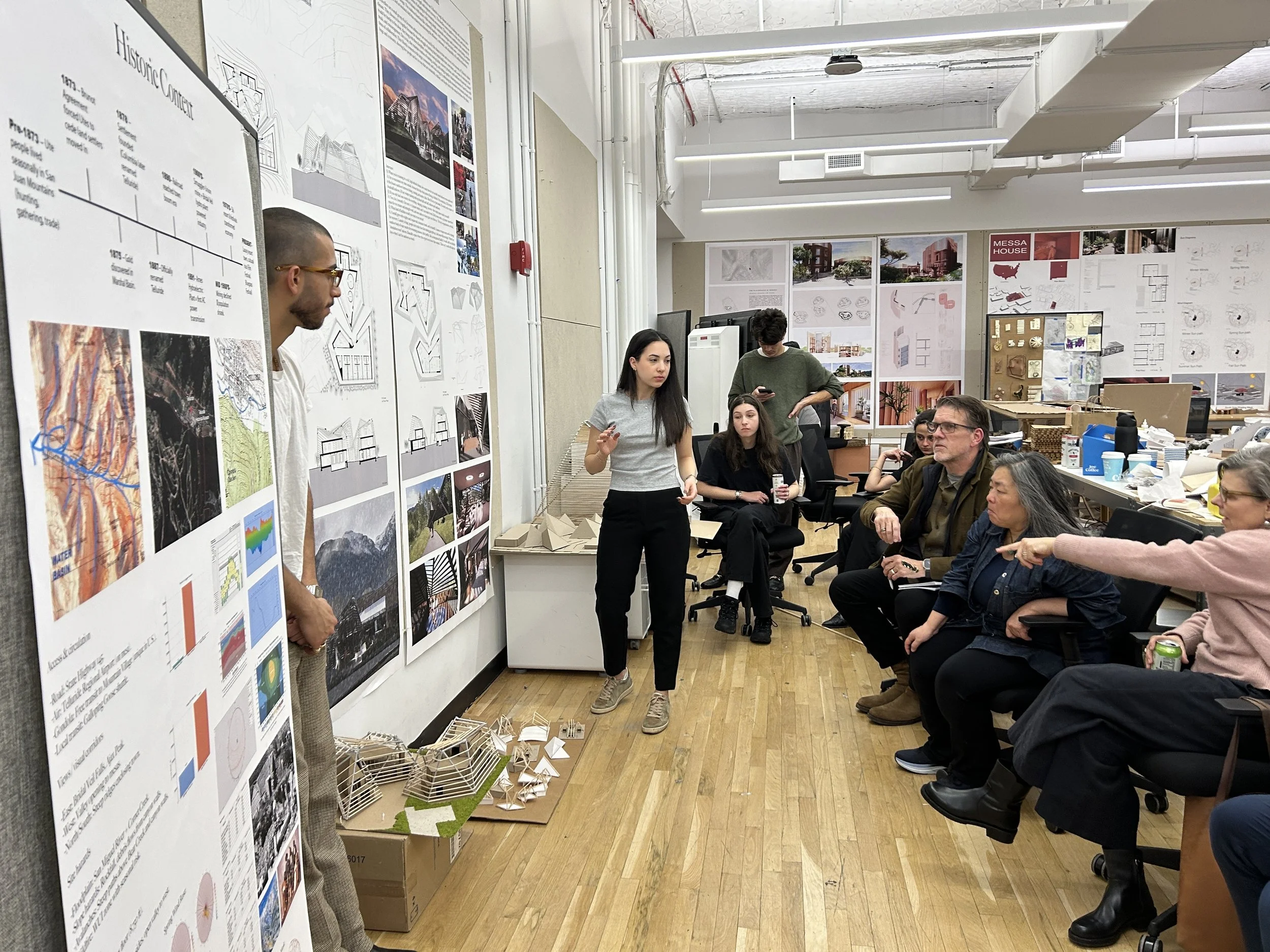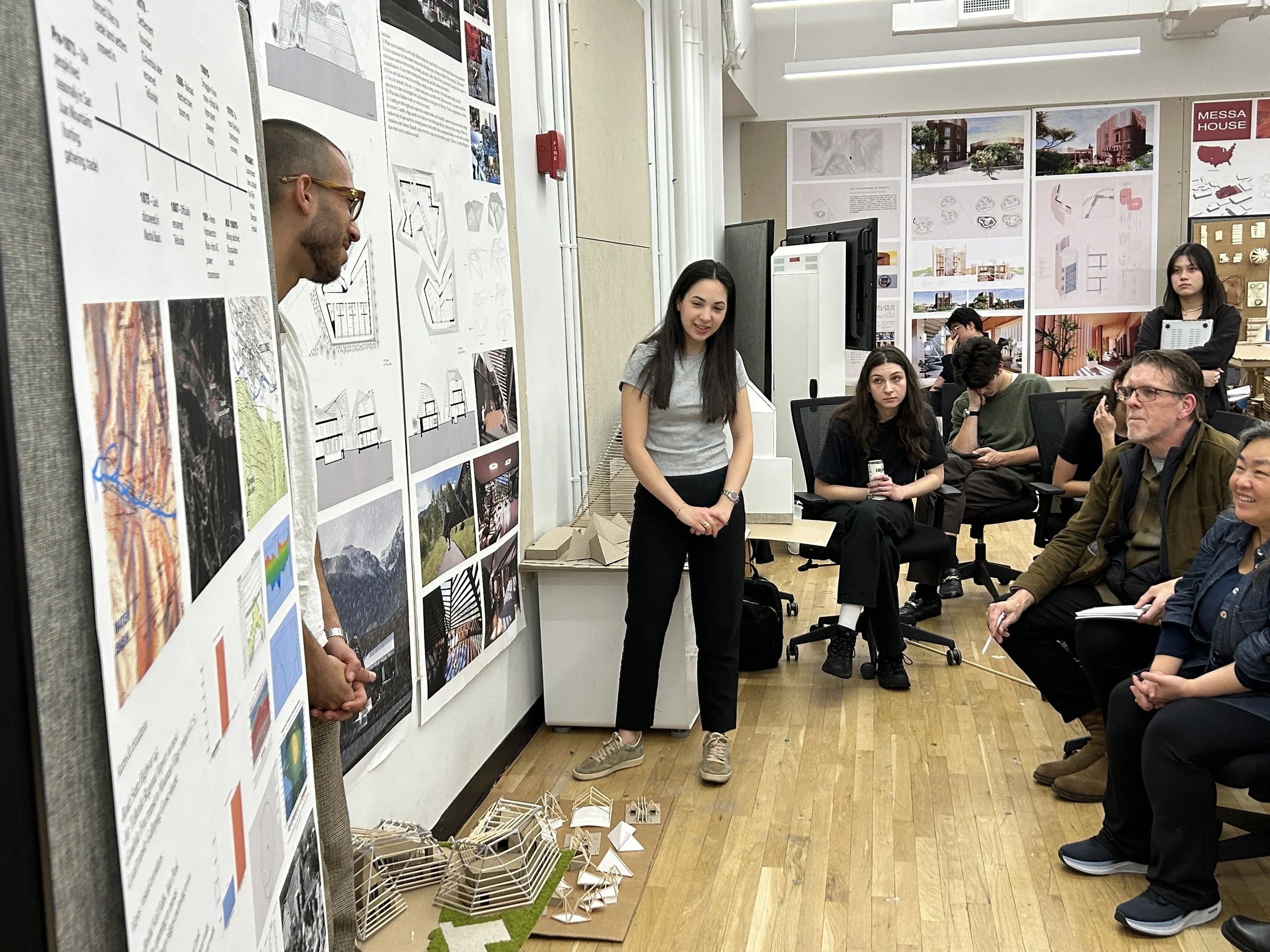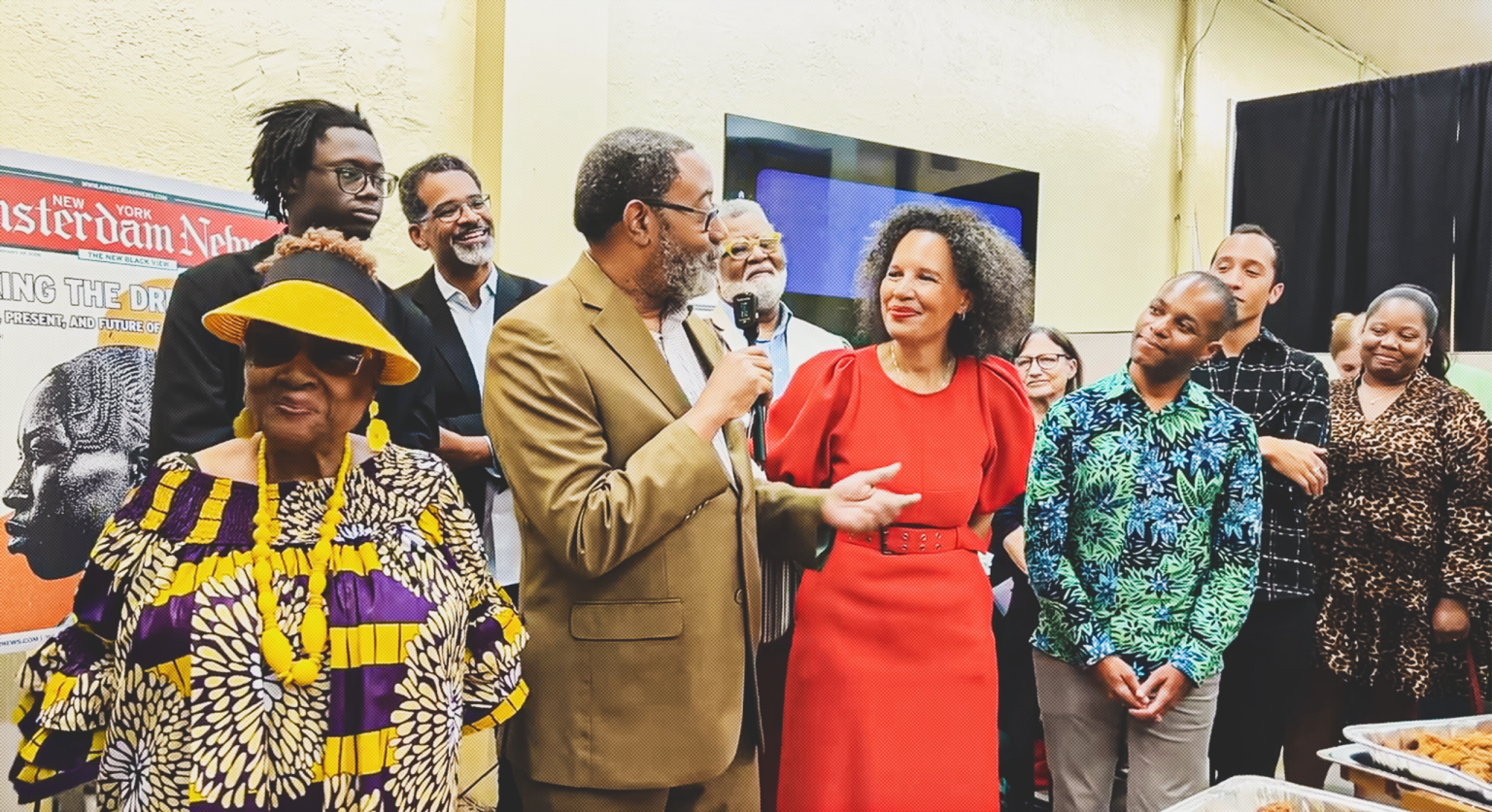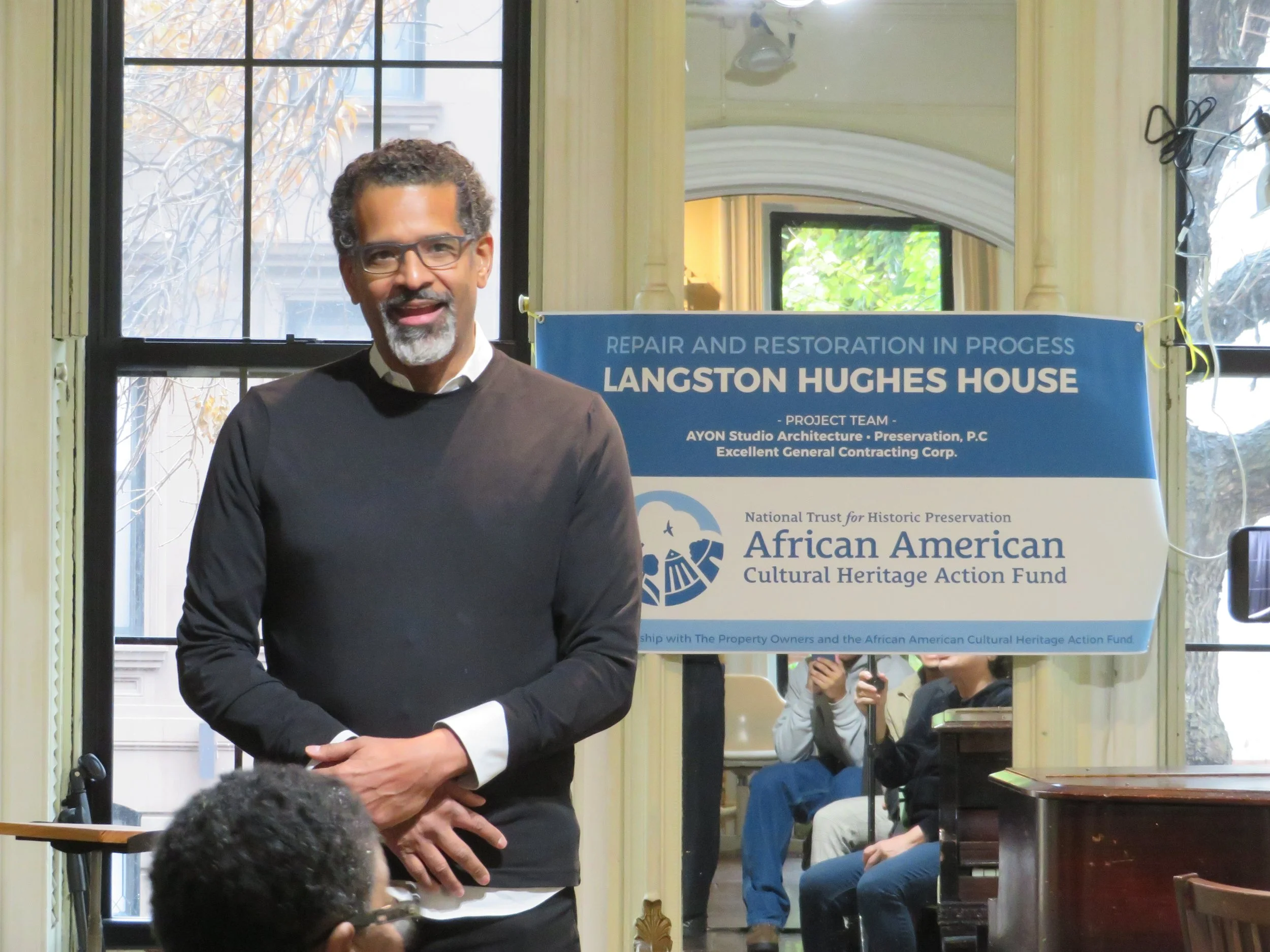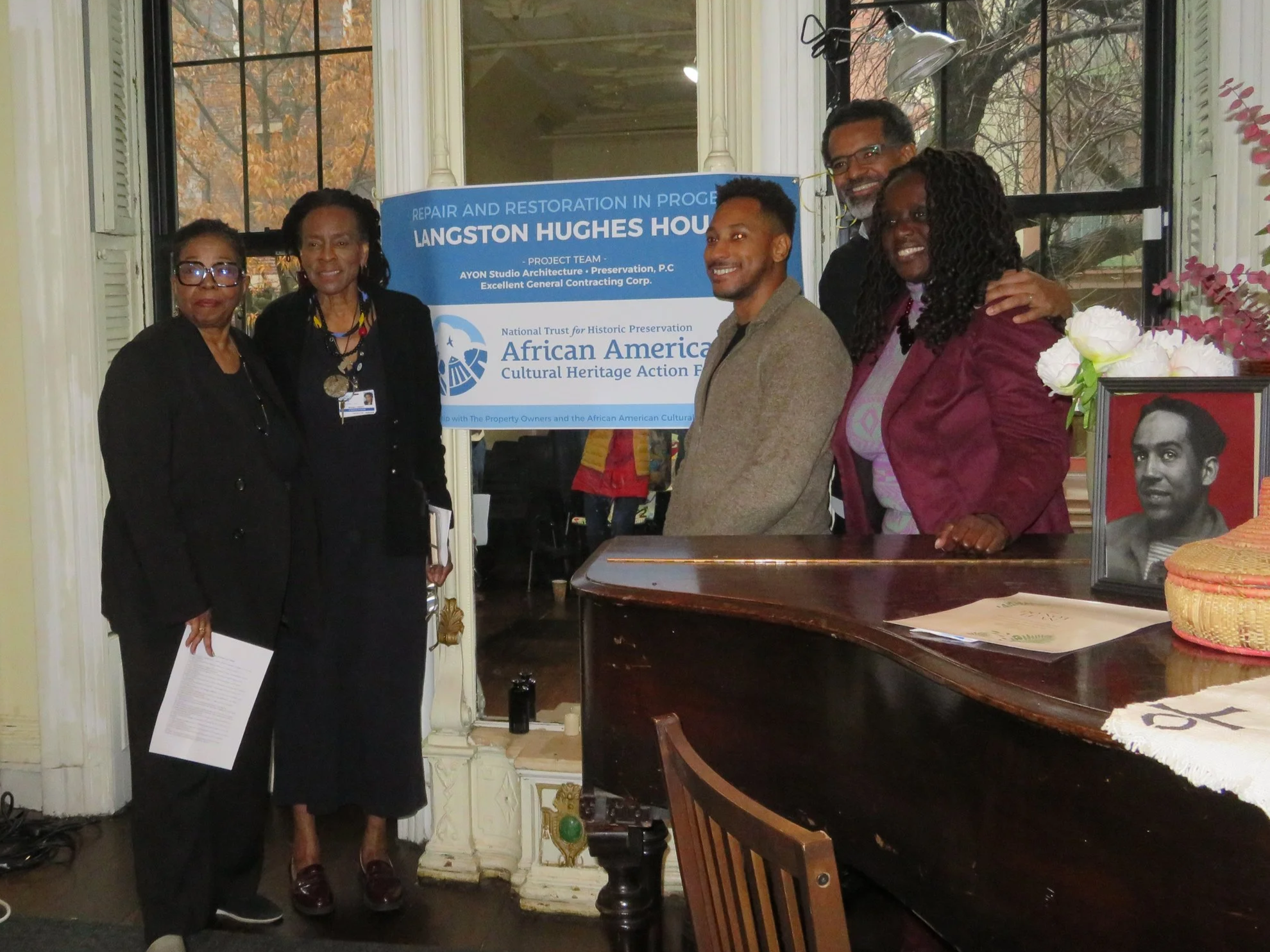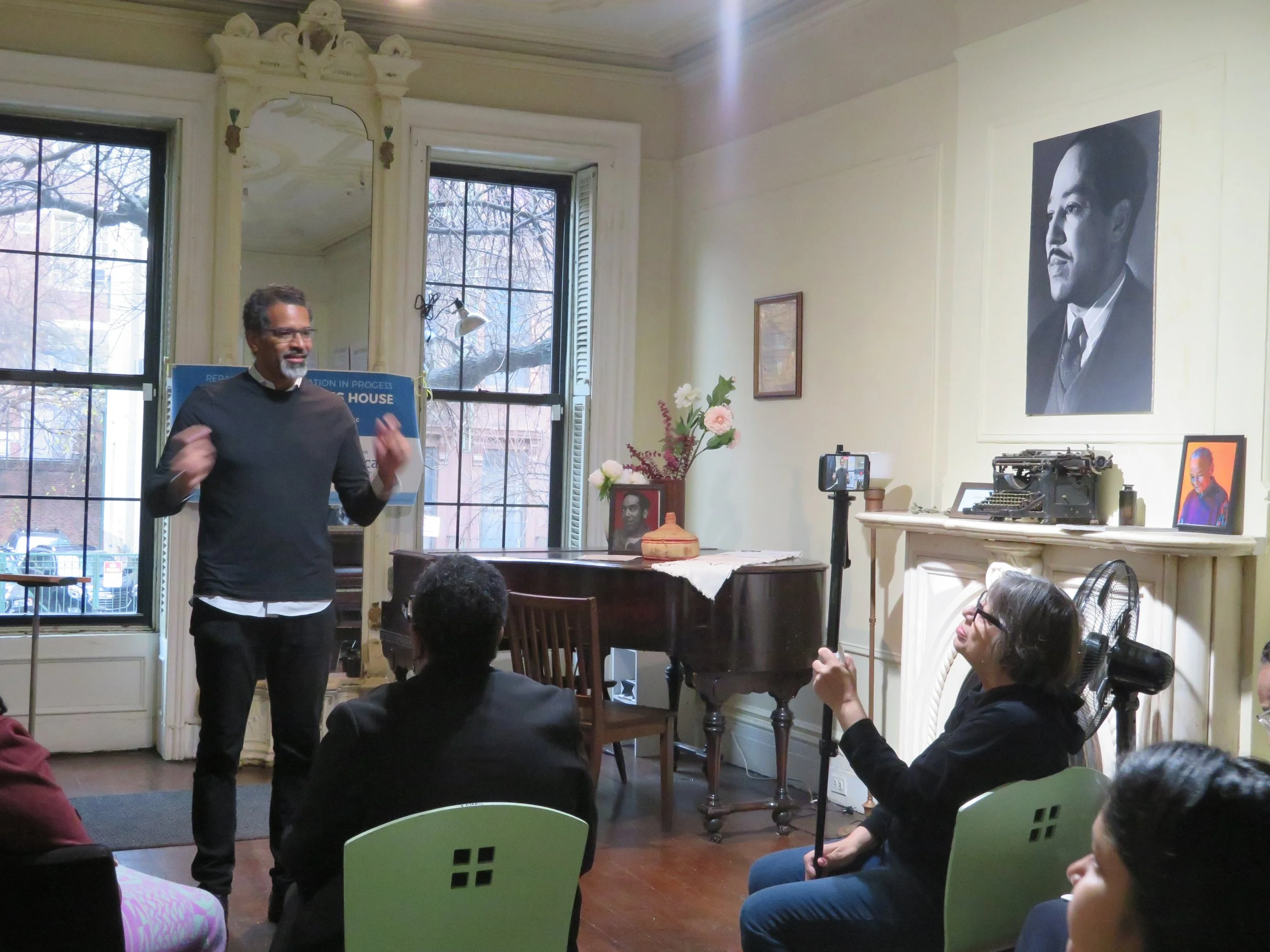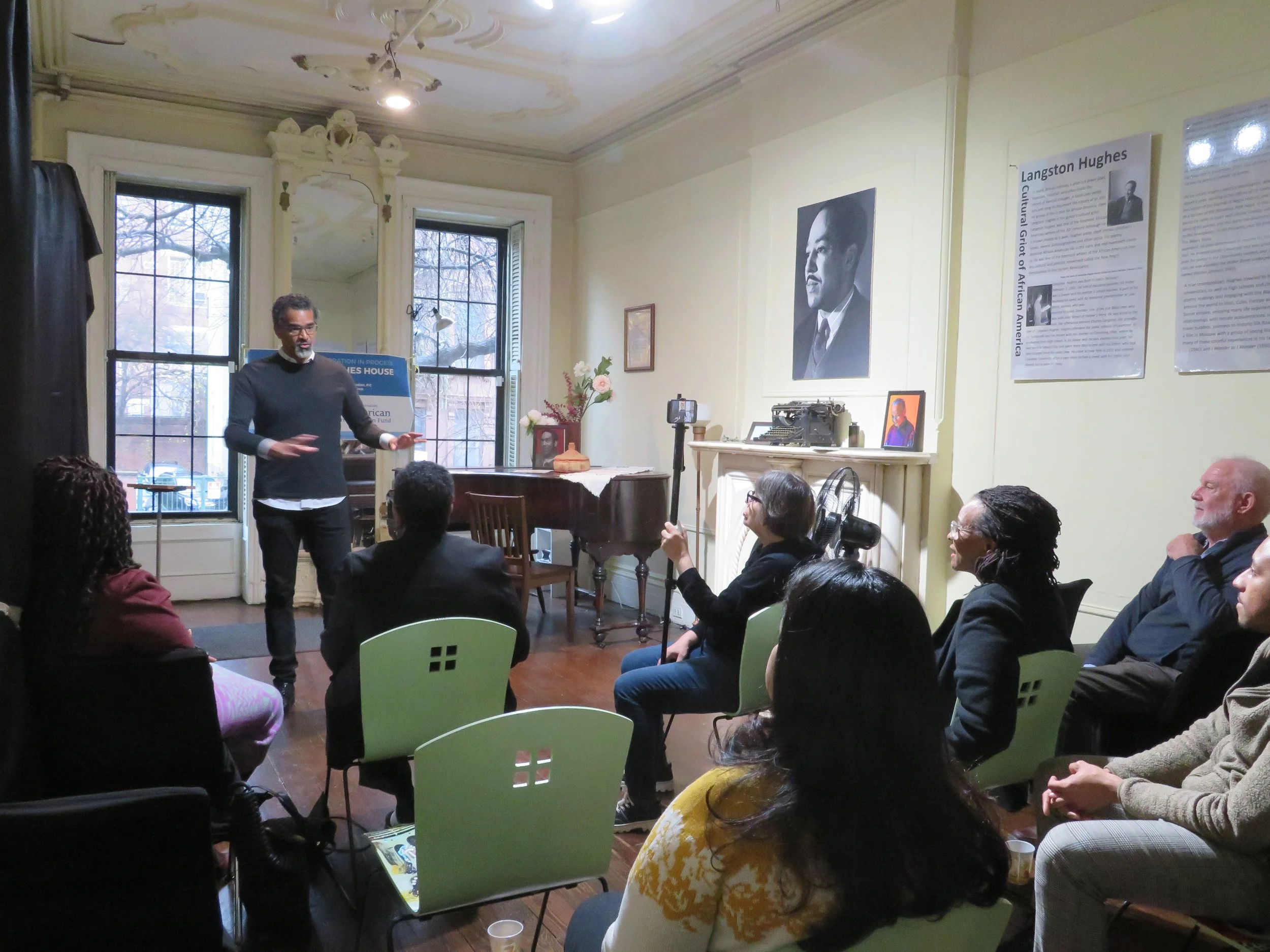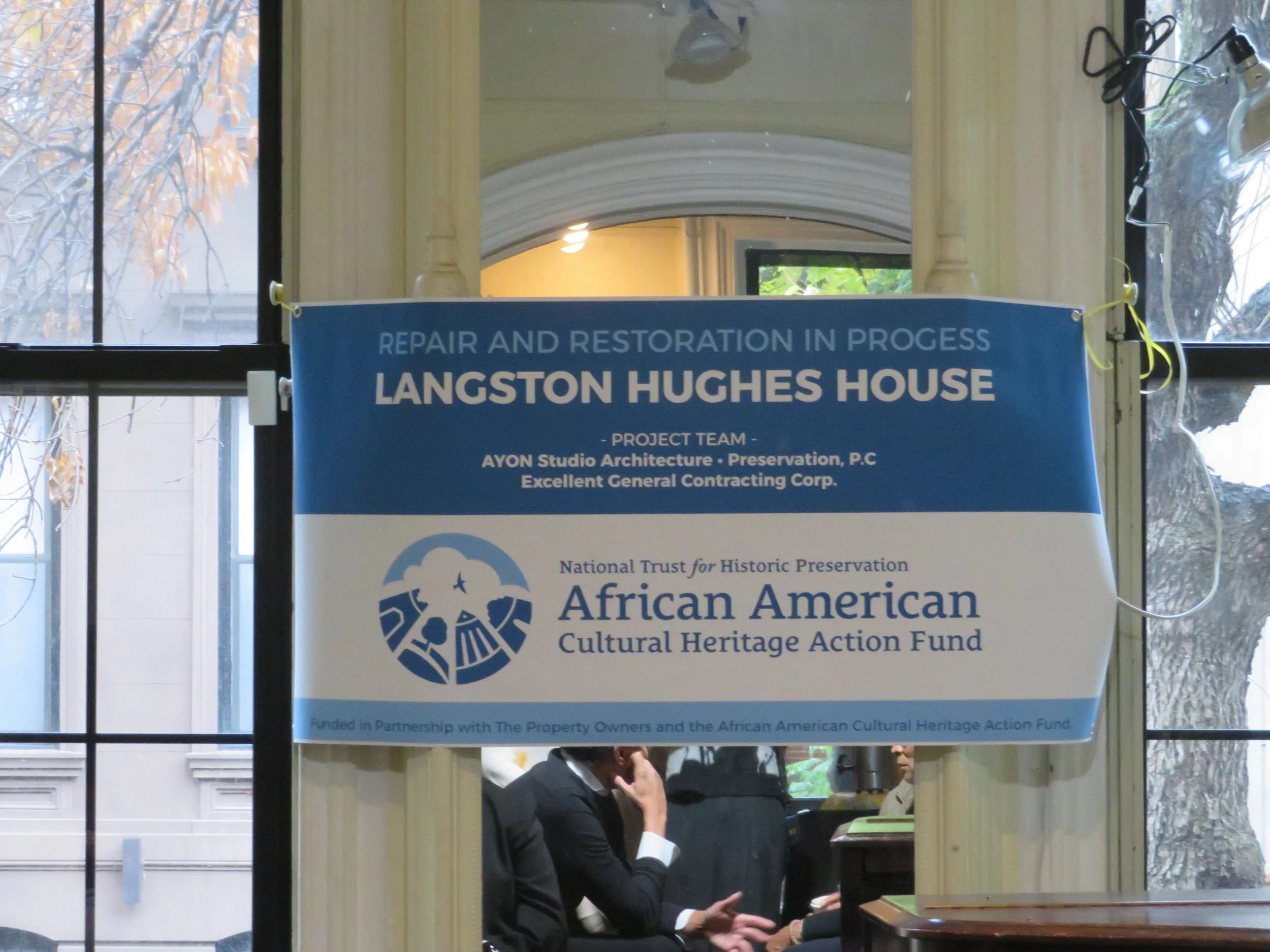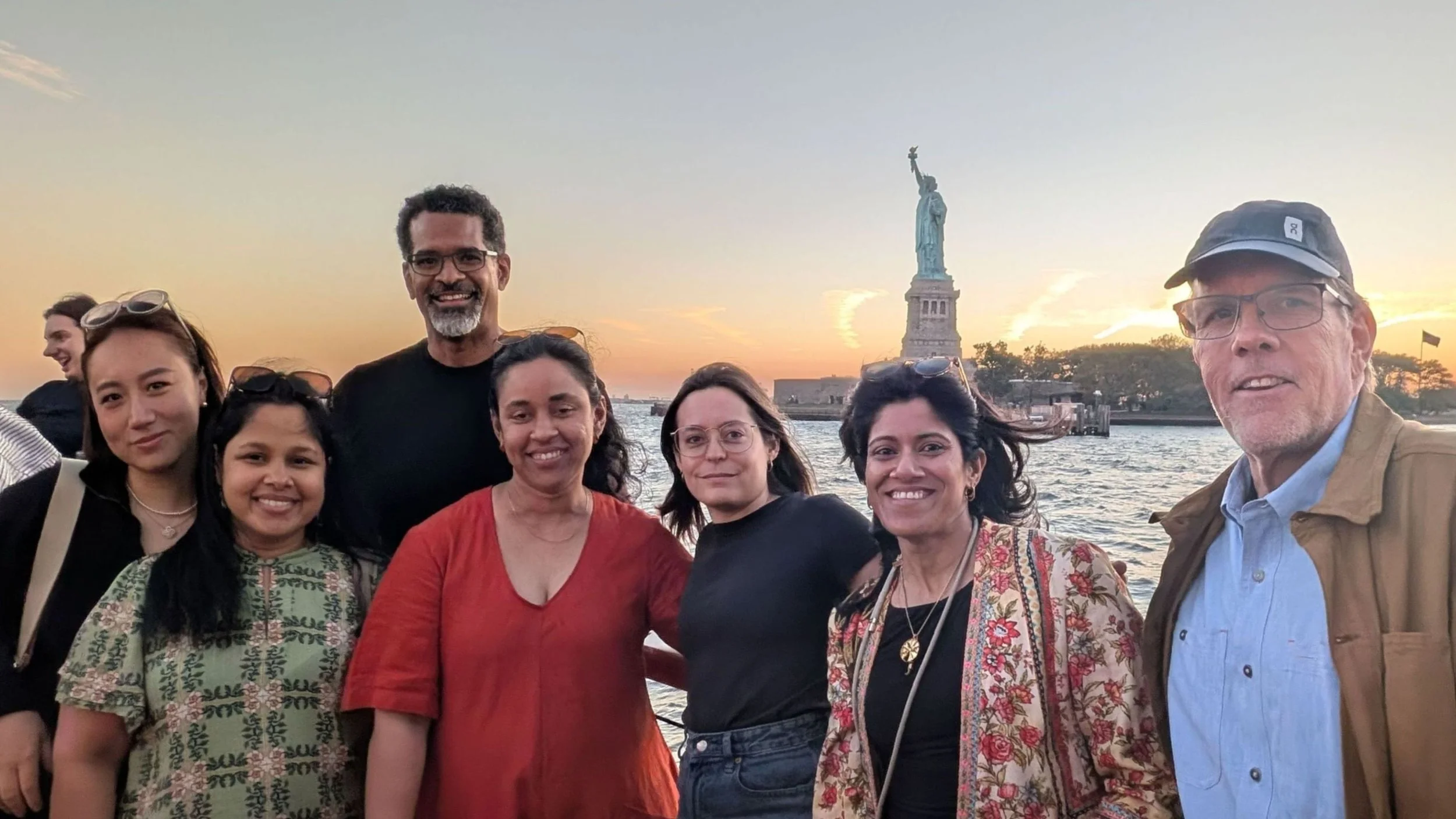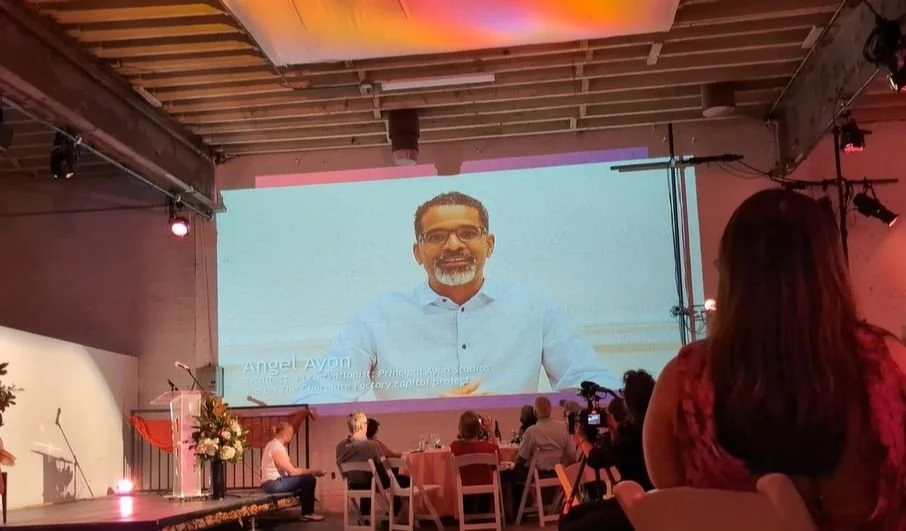On September 16th, the New York Amsterdam News welcomed friends, supporters, and community leaders to its historic Harlem headquarters for An Evening of Amsterdam News Harlem Heritage. The event featured live music, signature bites from Harlem eateries, and a celebration of the remarkable renaissance underway at one of the nation’s most influential Black newspapers.
Founded in 1909, Amsterdam News has long been a cornerstone of Black journalism and advocacy, amplifying voices and movements from W.E.B. Du Bois to Malcolm X to the Exonerated Five. Its Frederick Douglass Boulevard headquarters—steps away from the Apollo Theater—remains both a newsroom and a cultural landmark. But like the communities it serves, the building now calls for renewal.
That’s where AYON Studio, in collaboration with Jerome Haferd Studio, comes in. Together, our firms are working with Publisher Elinor R. Tatum and the Amsterdam News Educational Foundation to restore and reimagine the four-story masonry headquarters. Supported by the Mellon Foundation’s “Humanities in Place” program, the project honors the paper’s past while preparing it for future generations as a hub of culture, education, and advocacy.
Principal Angel Ayón, who lived in Harlem for a decade and remains deeply engaged with the neighborhood, emphasized that preservation is a long-term commitment. Reflecting on his earlier role in the rehabilitation of the Marcus Garvey Park watchtower, he noted, “Sometimes it takes 20 years to get certain things accomplished. What it takes is people involved, people committed, and people dedicated to it.”
“We have the privilege to envision that future in a way that speaks about the spaces here,” Ayón added, “to create something that is not just welcoming but also retains the history of Harlem and the incredible newspaper presence that shaped this place.”
The evening reminded us all that Amsterdam News is more than a paper—it is a living institution, a beacon of truth, and a space of community. Preserving its home ensures that this history, and its ongoing impact, endures.







